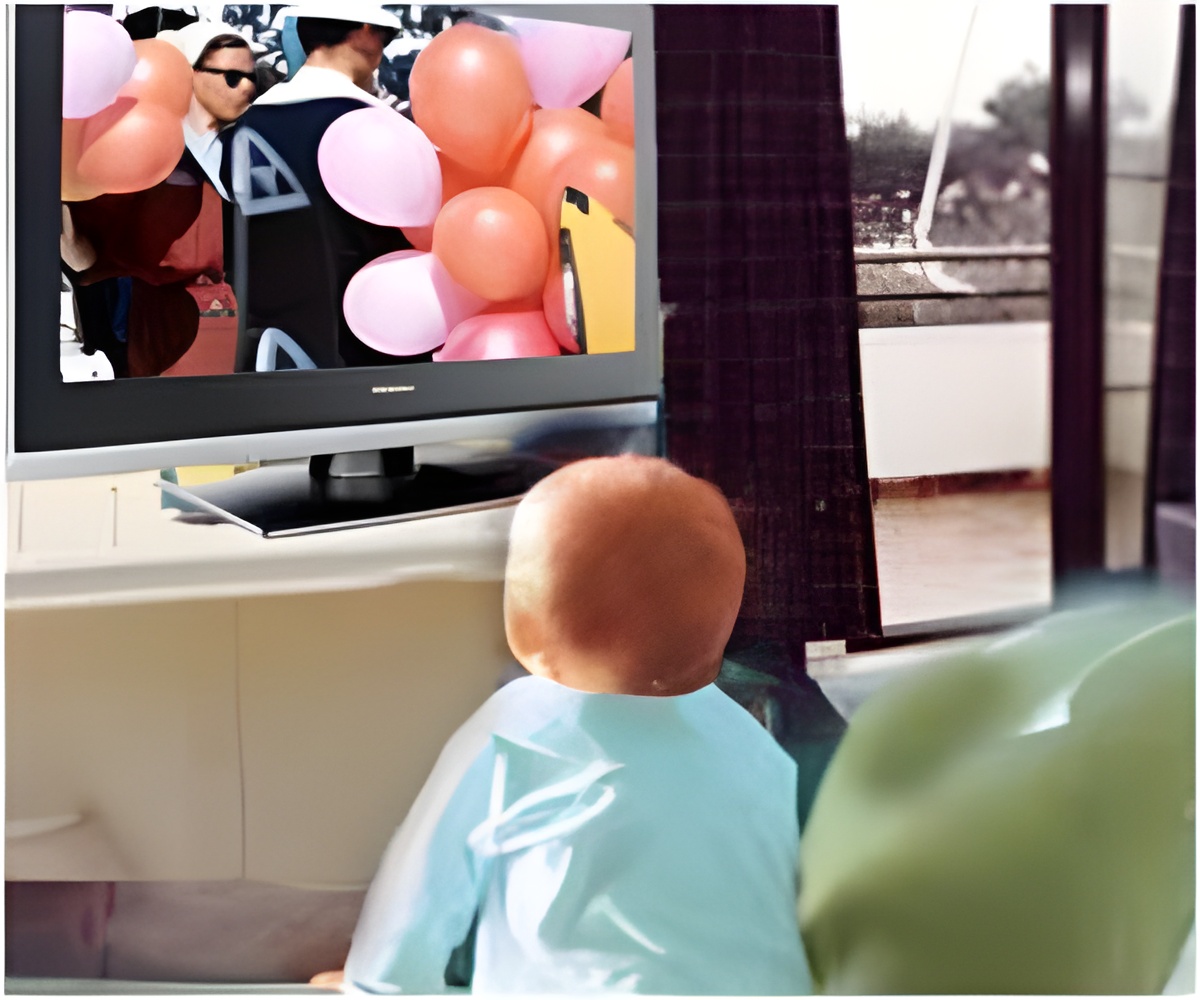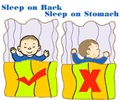Even by three months of age, babies are visually able to locate objects that can stand out from a group, say researchers.

The study revealed that infants, like adults, were able to pick out a single R character among increasingly larger groups of P characters. The R is considered to have a distinguishing, unique feature that stands out.
That means they are just as adept at locating specific stimuli among competing and distracting stimuli in their environment. In addition, the infants showed a similar an asymmetrical pattern of detection to locate the unique target as the adults.
The study also looked at what happened when infants and adults were given a "feature-absent" target among distracting "feature-present" objects, such as a P among varying sized groups of Rs. In this case, the infants were less efficient at finding the differing letter without a distinguishing feature.
"This is called 'bottom-up' attention and it comes from the environment and goes up into the processing system," explains Adler. "Top-down attention is where your goals, ideas and thoughts control where you attend. You have voluntary control over what information you're going to choose to process."
The study has been published online in the journal of Attention, Perception, and Psychophysics.
Advertisement









